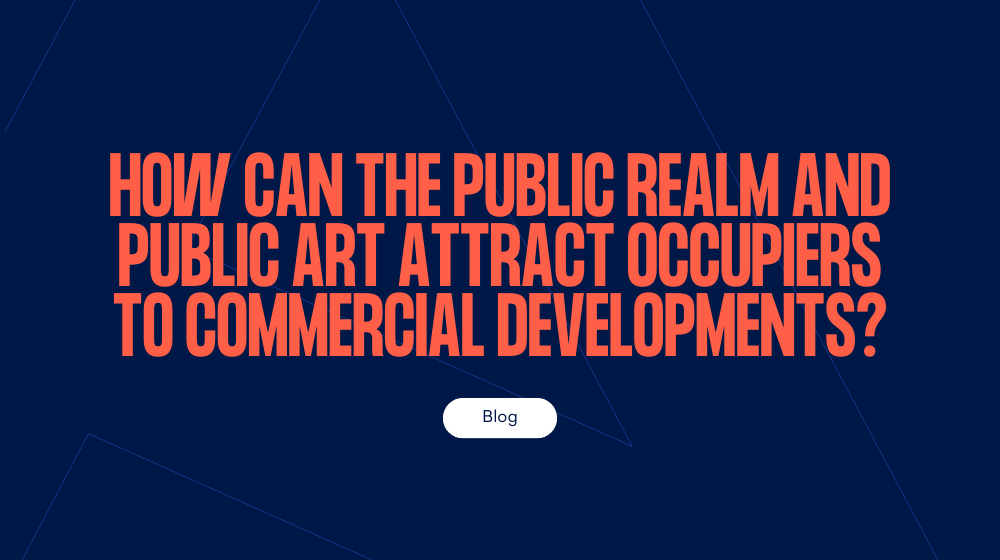For developers to succeed in beating the competition and attracting target businesses to their new or refurbished schemes, there must a differentiator - something that makes them unique, attractive and memorable to prospective occupiers so that they stand out from the crowd.
Standing out from the crowd
People are spending more time in the workplace than ever before, whether as a result of increased workloads or because workplaces are becoming more sociable spaces where likeminded people can work, eat, play and live. This should be music to developers’ ears, as it shows that they are creating attractive new ‘places’ in towns and cities that people are happy to spend time in.
Speakers’ corner
Historically, places where people have gathered and spent time would usually have been near some sort of cultural attraction or in a square. These places have often acted as a focal point for activity - and this is still true today. Developers are harnessing the historical relevance of cultural, public spaces and incorporating them with the badge of ‘public realm’ into their schemes, often working closely with partners like local authorities and city councils to facilitate this.
A bit of culture
Public art can play a role in creating sociable spaces, with a number of new developments currently being brought forward around existing cultural and civic spaces. This can be seen in Manchester's St Peter’s Square and in London's King’s Cross, where developers are creating buildings that are sympathetic to their cultural surroundings and successfully juxtaposing the old with the new.
New public art is also being incorporated into schemes. This can take many forms, including modern sculptures that people can interact with and more natural forms of art, like fountains, streams and sedum walls, which provide a living form of art for people to enjoy.
This article gives a brief insight into the role that the public realm and public art can play in attracting occupiers to commercial developments. There's a lot more detail in our ebook Effective Placemaking Communications For Your Mixed-Use Development, Volume 1: Explore, which you can download for free with just an email address.



